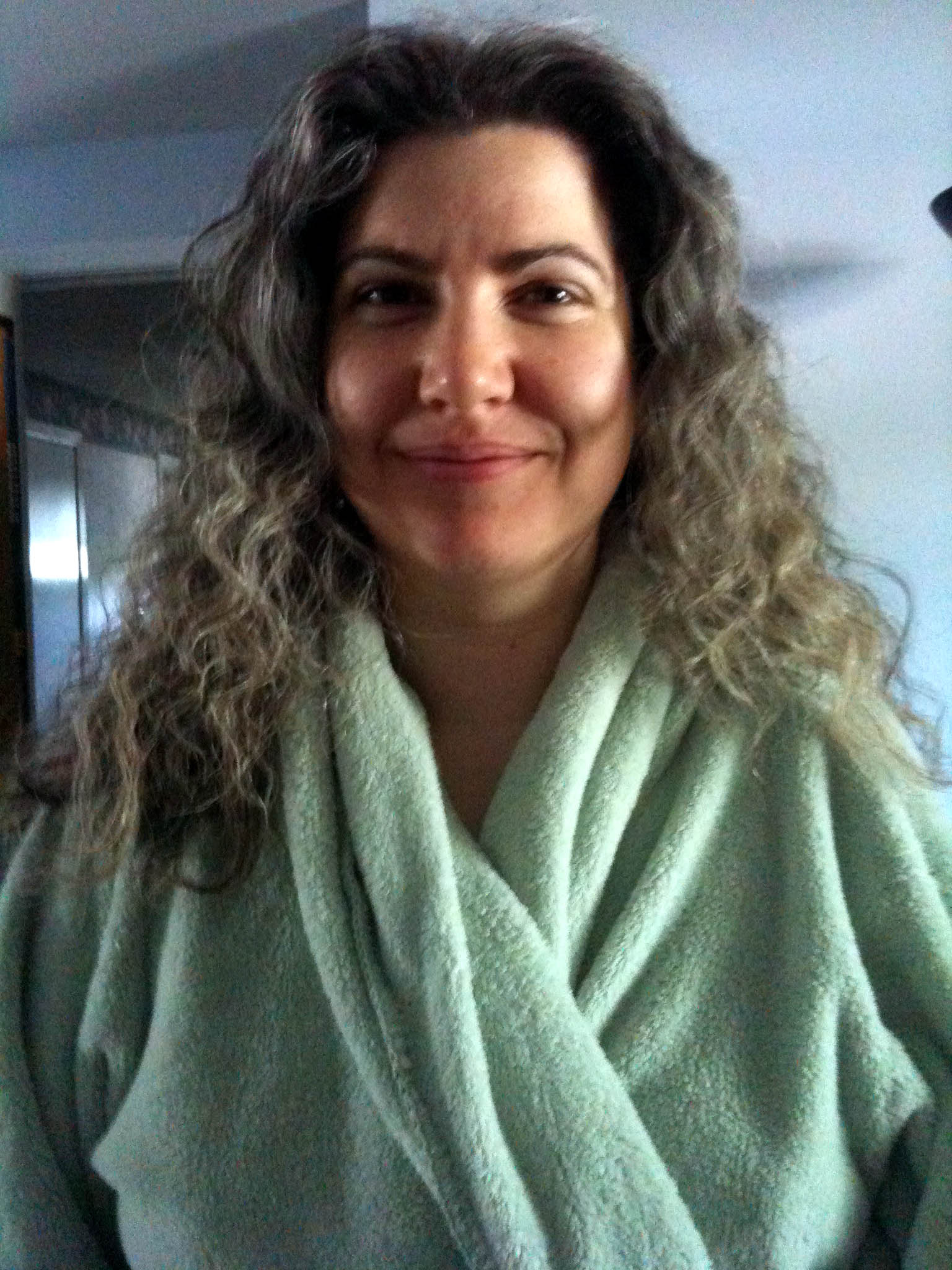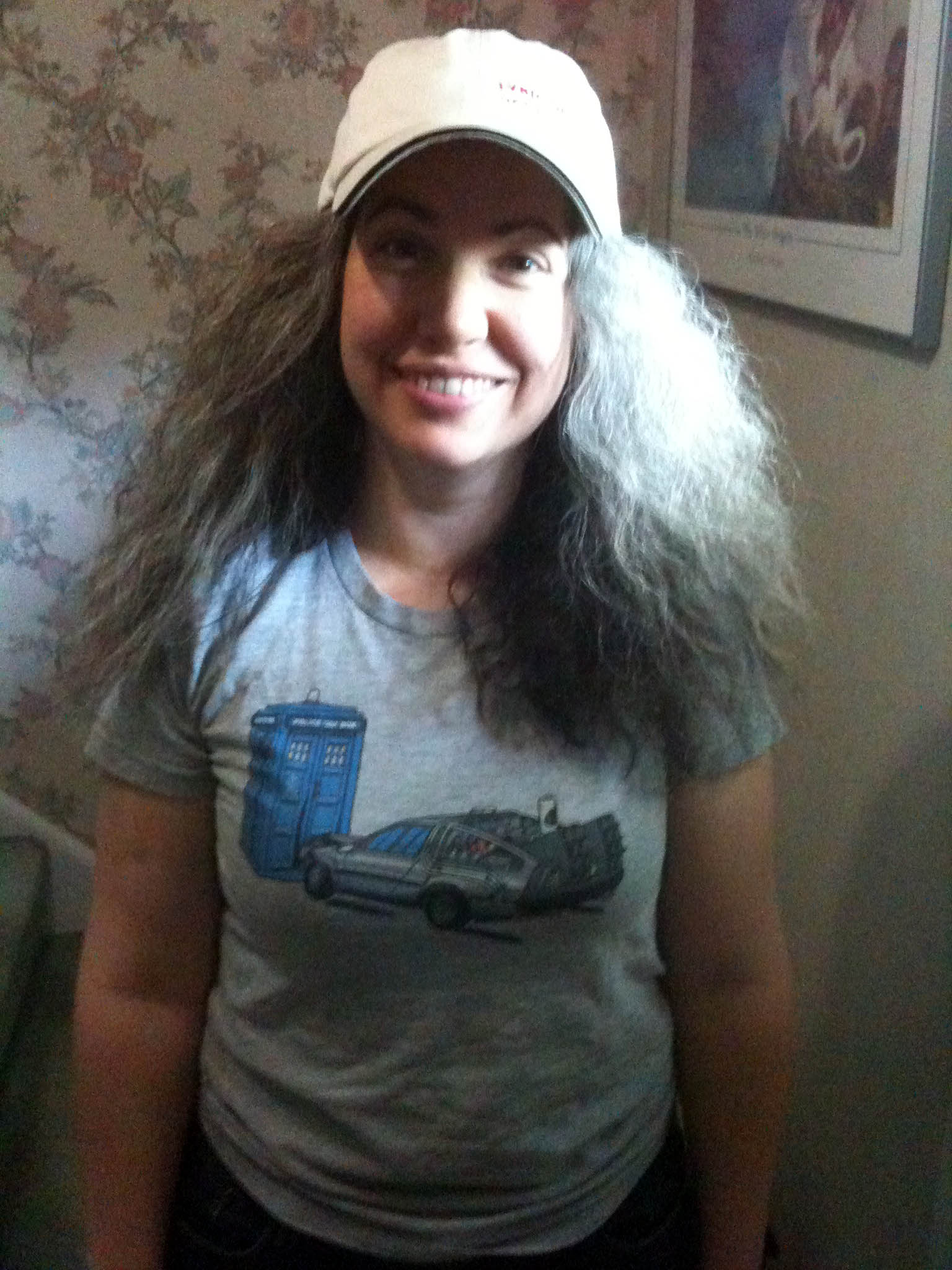 If you are just tuning in, read my previous posts about Project No-Poo:
If you are just tuning in, read my previous posts about Project No-Poo:[Part 1 – Why no poo?]
[Part 2 – Becoming a dirty, dirty hippie]
[Part 3 – Conditionally unconditioned]
[Part 4 – What happens when you put vinegar in your hair]
After all these experiments and my intense detox period, I noticed that I was starting to run really low on my Terressentials Mud Hair Wash. Should I buy more? Should I try something different? I looked at the pros and cons of the mud wash.
The Good
Surprisingly, the mud works as a cleanser. It takes a while to get used to putting mud in your hair (and more importantly, making sure you wash all of it out!), but it really does get the dirt and oils out, and even more importantly, it pulls out all the silicones and waxes and other synthetic stuff after a while. If you ever just want to go through a hair detox, I would recommend it highly.
At $1.28-$2.00 per ounce (depending on the size), it’s three times more expensive than my old shampoo ($0.40 per ounce); but since I only plan on using it once every 5-7 days, I figure I’d actually be spending less money in the long run with the mud hair wash.
The Terressentials product line is 100% USDA-certified organic, and it’s free of detergents, sulfates, or any synthetic chemicals. My tree-hugging conscience can rest easy because I’m not doing any harm to the environment, and I have to admit, I like watching people do double-takes when I tell them that I wash my hair with mud.
The Bad
As one might guess, washing your hair with mud does have its down side. My tub looked like I had committed the gruesome murder of a golem every time I used the hair wash. This was especially true during the detox period. I had to scrub the bathtub every day, which was a little annoying, to say the least. (I suppose if I’m only going to use the mud once a week, that’ll give me a good excuse to clean the tub when I’m supposed to clean it anyway, right?)
I also began having serious issues with my drain. My husband and I both have long hair, and he has a beard, so we have a heavy-duty hair catcher over our drain, which I empty after each shower. Clearly the mud was going down the drain and getting clogged on some hair that had made it through the hair catcher, so I had to get in there with a Zip-It and pull out some nasty stuff. I really didn’t want to use a harsh chemical drain cleaner for several reasons (primarily because this whole experiment has been about being all eco-conscious and stuff), so I used an earth-friendly enzyme drain cleaner, which worked just fine…but the plain fact of the matter is, the mud does clog the drain.
The Hairy
If I am going to continue with the Terressentials product, it was clear I’d also have to supplement my hair regimen with some sort of conditioner. The mud works by taking away dirt and oils, but it also takes away the natural oils as well (which is why you aren’t supposed to use it every day). Hence the frizz. The Shea Butter Curl-Defining Gel does a good job of post-shower styling, but one thing I noticed is that it is rather heavy, and I’m not exactly sure how good a conditioner it is.
Back to Coconut Oil
While I was at Whole Foods looking for shea butter, I also picked up a jar of coconut oil (organic, unrefined coconut oil, with nothing else added) to try on my hair as a natural conditioner. The last time I used coconut oil, I used some cheap petroleum- and wax-filled product, which didn’t work out so well…but this time I went for the real deal.
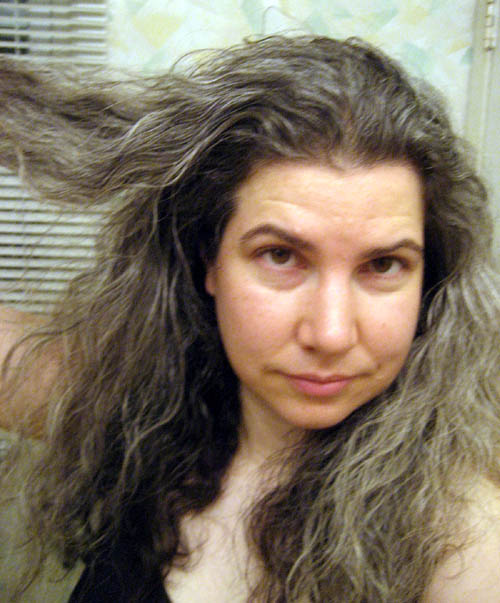
Everything I had read about coconut oil said that I should apply it about an hour before taking a shower, or even let it stay in my hair overnight. I guess this gives the oil time to soak into the hair shaft and makes it harder to wash out or something…I’m not entirely sure. Nevertheless, I diligently applied the oil to my hair, little by little, until it was completely covered.
Coconut oil is extremely easy to apply. It’s solid at room temperature, but once you get it on your hands, the warmth of your hands melts it right away. so I was using only a little bit at a time. I spent more time making sure my canopy curls got a lot of coverage, because they were the ones that needed the most help.
When I was done, my hair was super shiny! I looked in the mirror and this song came to mind:
It was also pretty greasy, so I didn’t want to keep it in overnight; plus, I worried about the oil going rancid if I left it in for too long. I opted for washing it out after an hour.
But here was my big problem: I had almost completely run out of mud wash by this point. I definitely didn’t have enough to get all this coconut oil out. Should I go back to shampoo to get the excess oil out of my hair?
Castile Soap
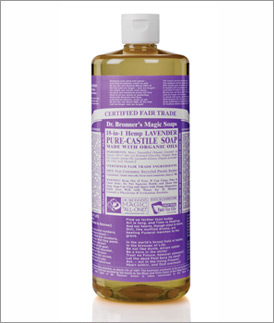 Sitting at the edge of my tub was Dr. Bronner’s Lavender Liquid Soap, which is about as crunchy-granola-hippie as you can get. I knew this was safe to put in my hair, for sure. I got in the shower and started to get my hair wet. The coconut oil started to take on a little waxy texture, which made it hard for me to run my fingers through my hair.
Sitting at the edge of my tub was Dr. Bronner’s Lavender Liquid Soap, which is about as crunchy-granola-hippie as you can get. I knew this was safe to put in my hair, for sure. I got in the shower and started to get my hair wet. The coconut oil started to take on a little waxy texture, which made it hard for me to run my fingers through my hair.
I poured a little bit of the liquid soap into my hands and began to distribute it through my hair, making extra sure to massage my scalp and work up a little bit of lather. I happen to know that with Dr. Bronner’s soap, a little bit goes a LONG way, so I went little by little until my hair was detangled enough that I could run my fingers through it again.
Success! The coconut oil made my hair really soft, and the castile soap washed all of the excess oil away. Since I didn’t need to style it, I did not apply any shea butter gel; I simply dried my hair and got ready for bed. The next morning, I wet my hair and styled it with the shea butter gel, and I was good to go.
My New Hair Regimen
I did end up buying more Terressentials mud wash. I am going to use it once a week to get rid of the dirt and build-up, but if I feel like I need to clean my hair more often, I will use Dr. Bronner’s. I’ll give myself a deep conditioning treatment of coconut oil every so often — maybe every other week? I’m not sure yet — and I will use the Beautiful Girls shea butter gel after each shower to activate my curls and hold the moisture in the hair so I can keep my curls all day long. I’m still on the hunt for a nice leave-in conditioner, but I want to keep the synthetics out of my hair, so it’s got to be something special. I’ve also ordered some of Terressentials’ Cocoa Butter Body Oil as a possible conditioner…I’ll report on that as soon as I try it out.
Throughout this entire process, I’ve gotten advice from all sorts of people on what to do and how to maximize my curls. Everyone has a different regimen because everyone’s hair is different, but most people I have talked to don’t think you can do it without synthetics. I aim to prove them wrong.


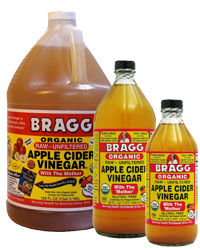 Here’s the thing: ACV totally works. it seals the hair cuticle and keeps moisture in, which cuts down on frizz and makes your hair shiny. My hair felt and looked great. I could run my hands through my hair easily, without getting stuck or tangled. However, if you do decide to do it, I have a few caveats based on my own experience:
Here’s the thing: ACV totally works. it seals the hair cuticle and keeps moisture in, which cuts down on frizz and makes your hair shiny. My hair felt and looked great. I could run my hands through my hair easily, without getting stuck or tangled. However, if you do decide to do it, I have a few caveats based on my own experience: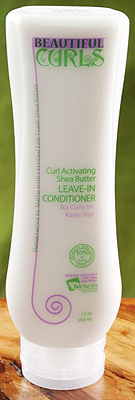
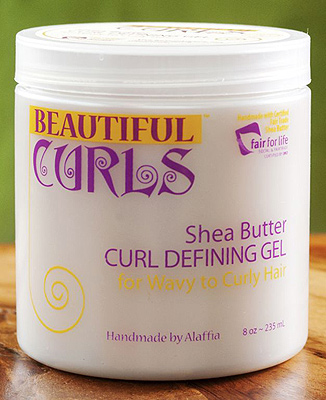
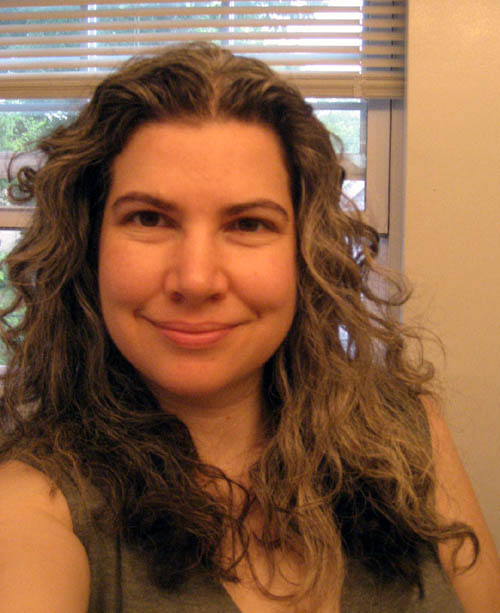
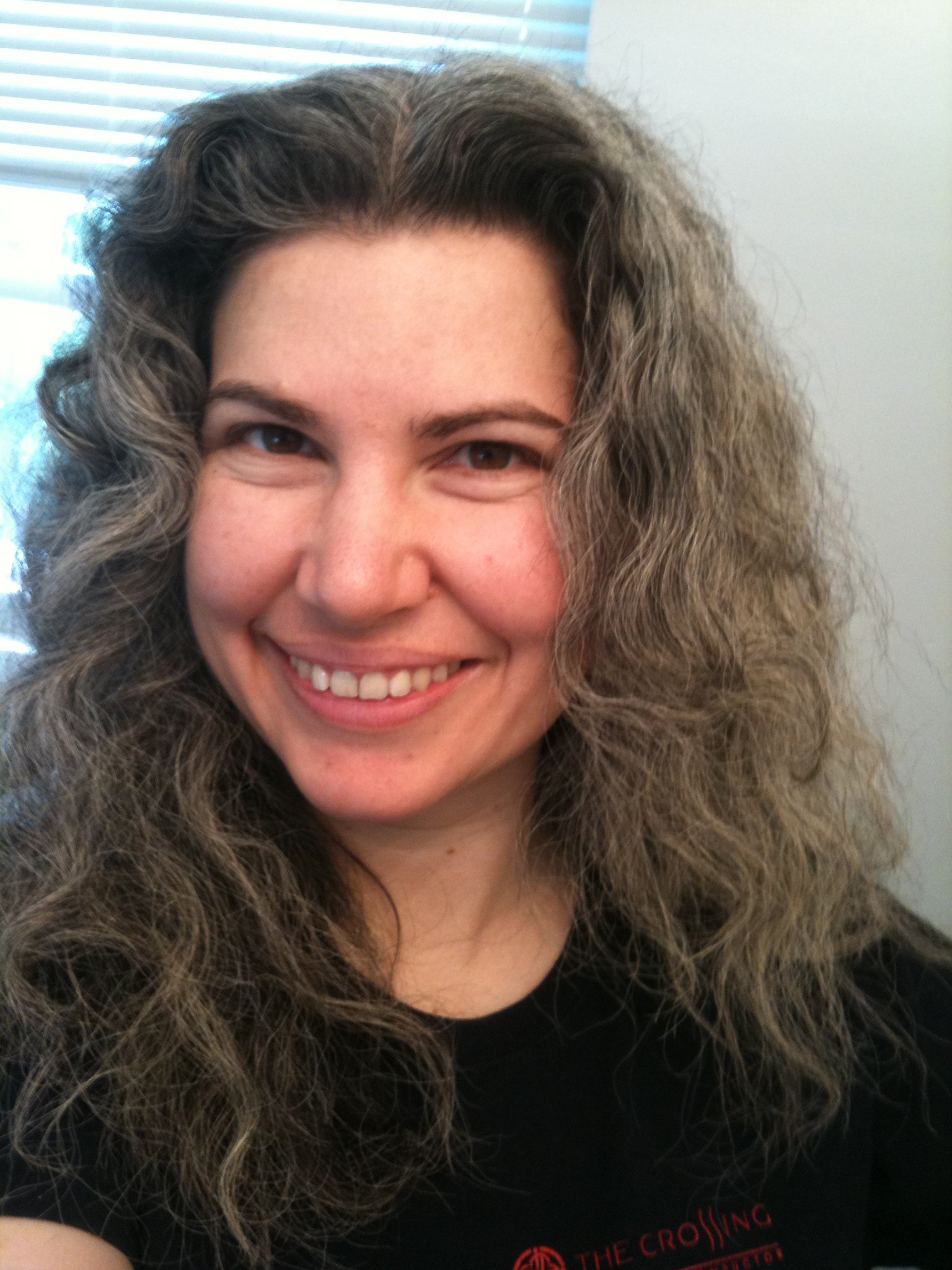
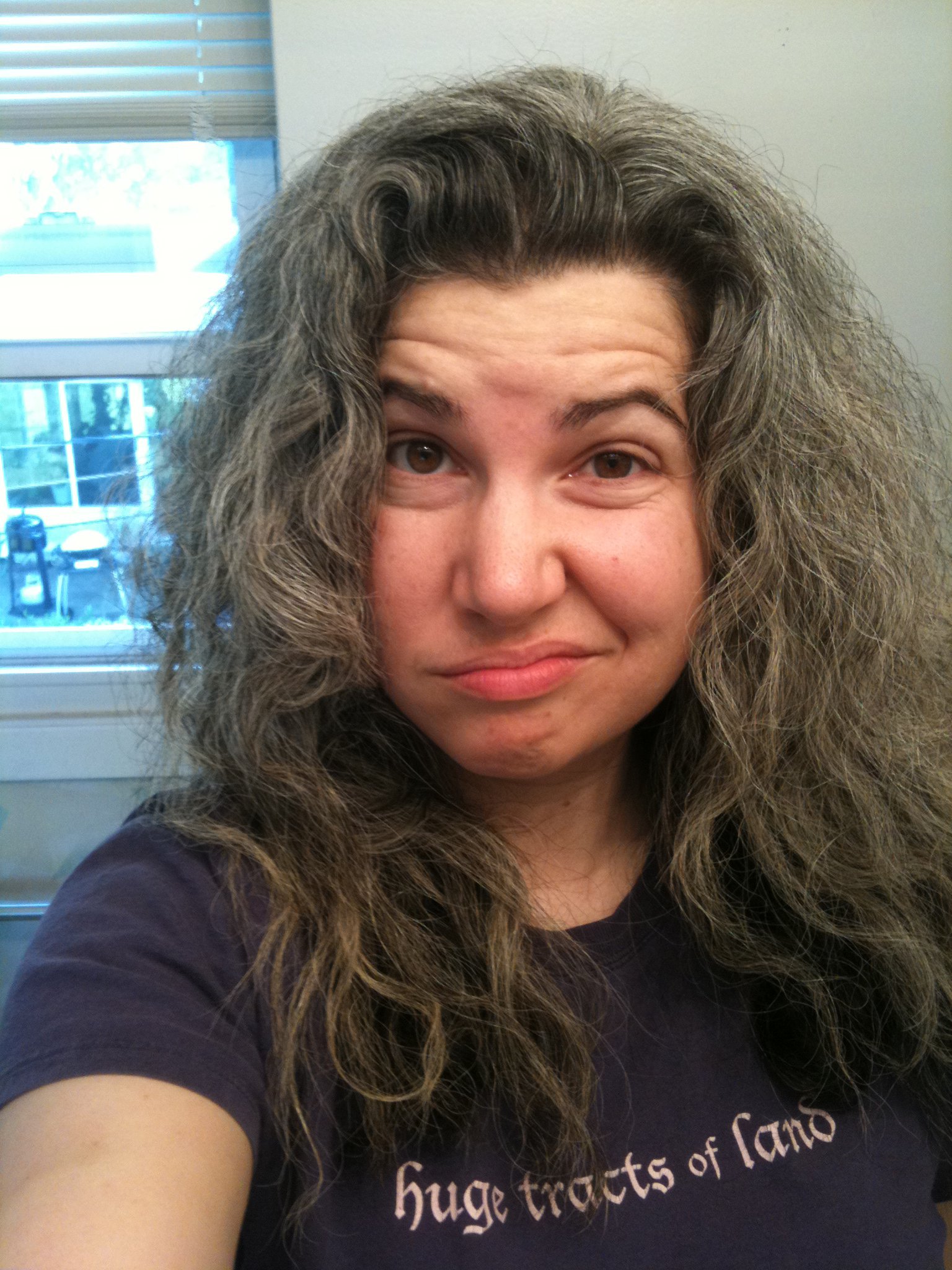
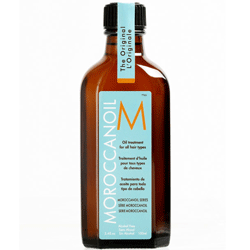
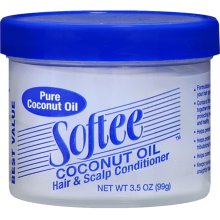 This stuff is wildly popular, especially amongst women with really kinky hair. I easily found a small jar of really cheap coconut oil at my local drug store and tried it out.
This stuff is wildly popular, especially amongst women with really kinky hair. I easily found a small jar of really cheap coconut oil at my local drug store and tried it out.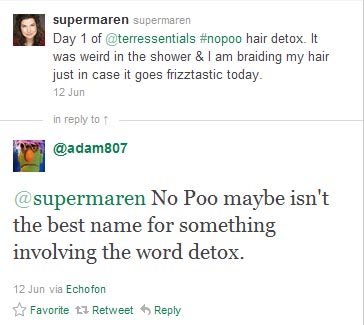 I ran through this list with my mother, and she recalled her grandmother using the baking soda/vinegar solution. This was back before shampoo as we know it was even invented. I wasn’t keen on putting baking soda on my head, though, especially since some of the message boards and blogs reported itchy scalp and even dandruff as a result.
I ran through this list with my mother, and she recalled her grandmother using the baking soda/vinegar solution. This was back before shampoo as we know it was even invented. I wasn’t keen on putting baking soda on my head, though, especially since some of the message boards and blogs reported itchy scalp and even dandruff as a result.